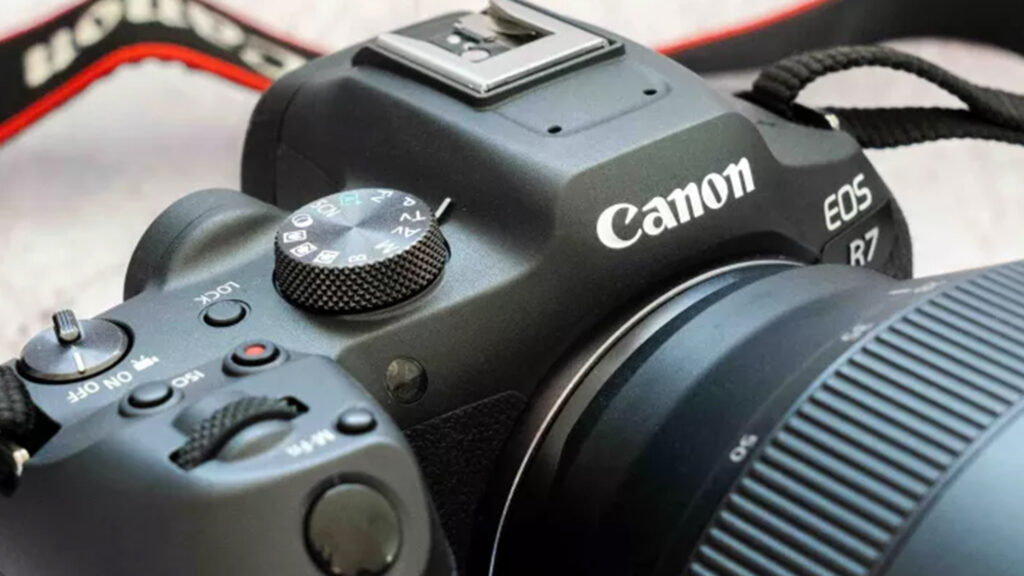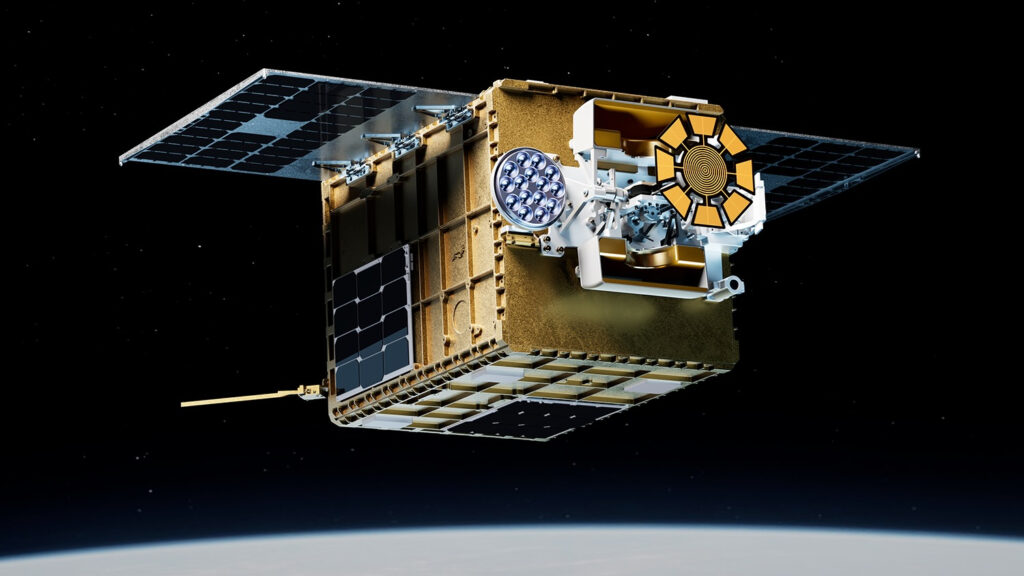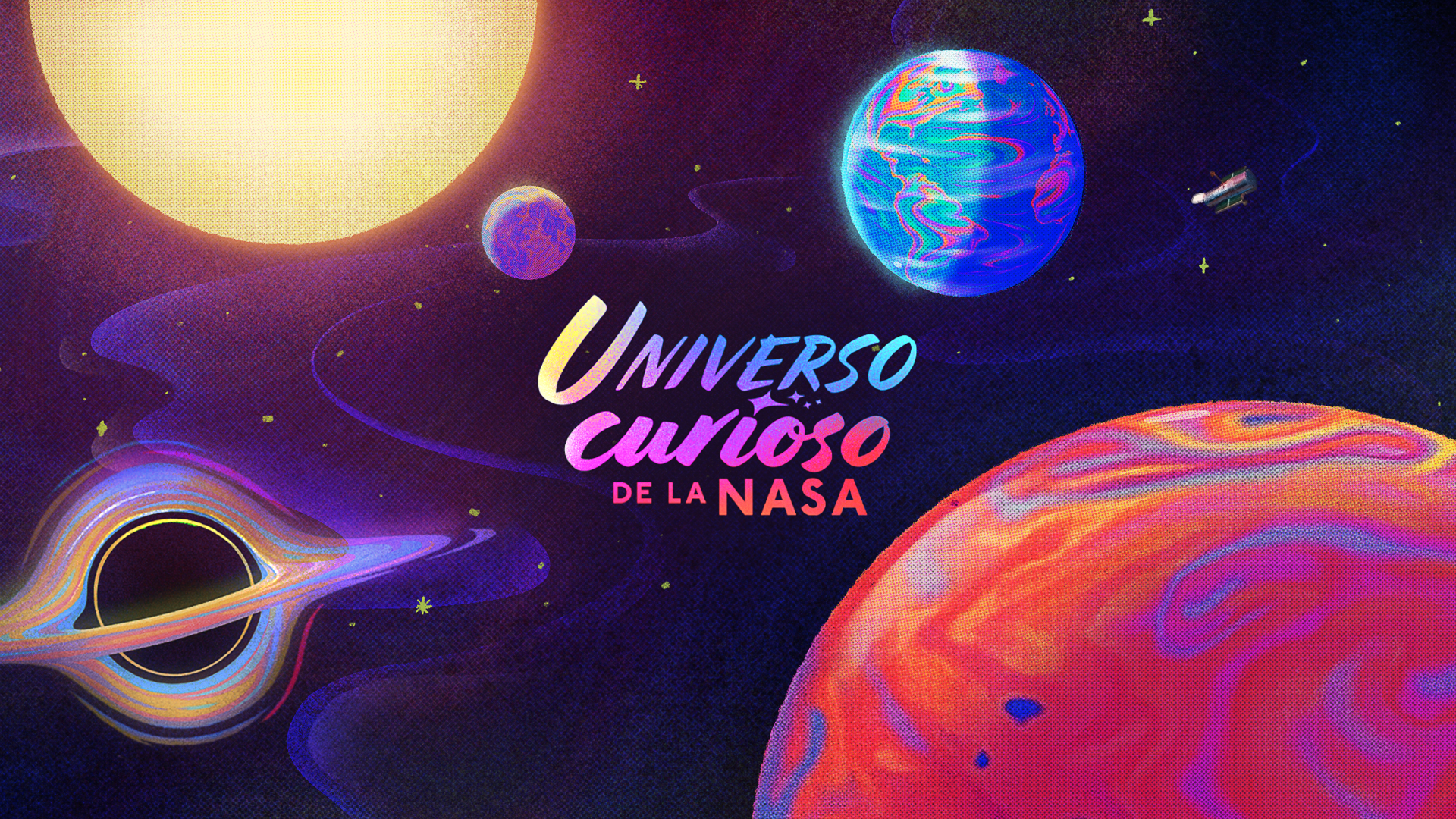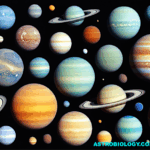Now Reading: An enormous ‘X’ and ‘V’ will grace the moon’s surface on July 2. Here’s how to see them
-
01
An enormous ‘X’ and ‘V’ will grace the moon’s surface on July 2. Here’s how to see them
An enormous ‘X’ and ‘V’ will grace the moon’s surface on July 2. Here’s how to see them
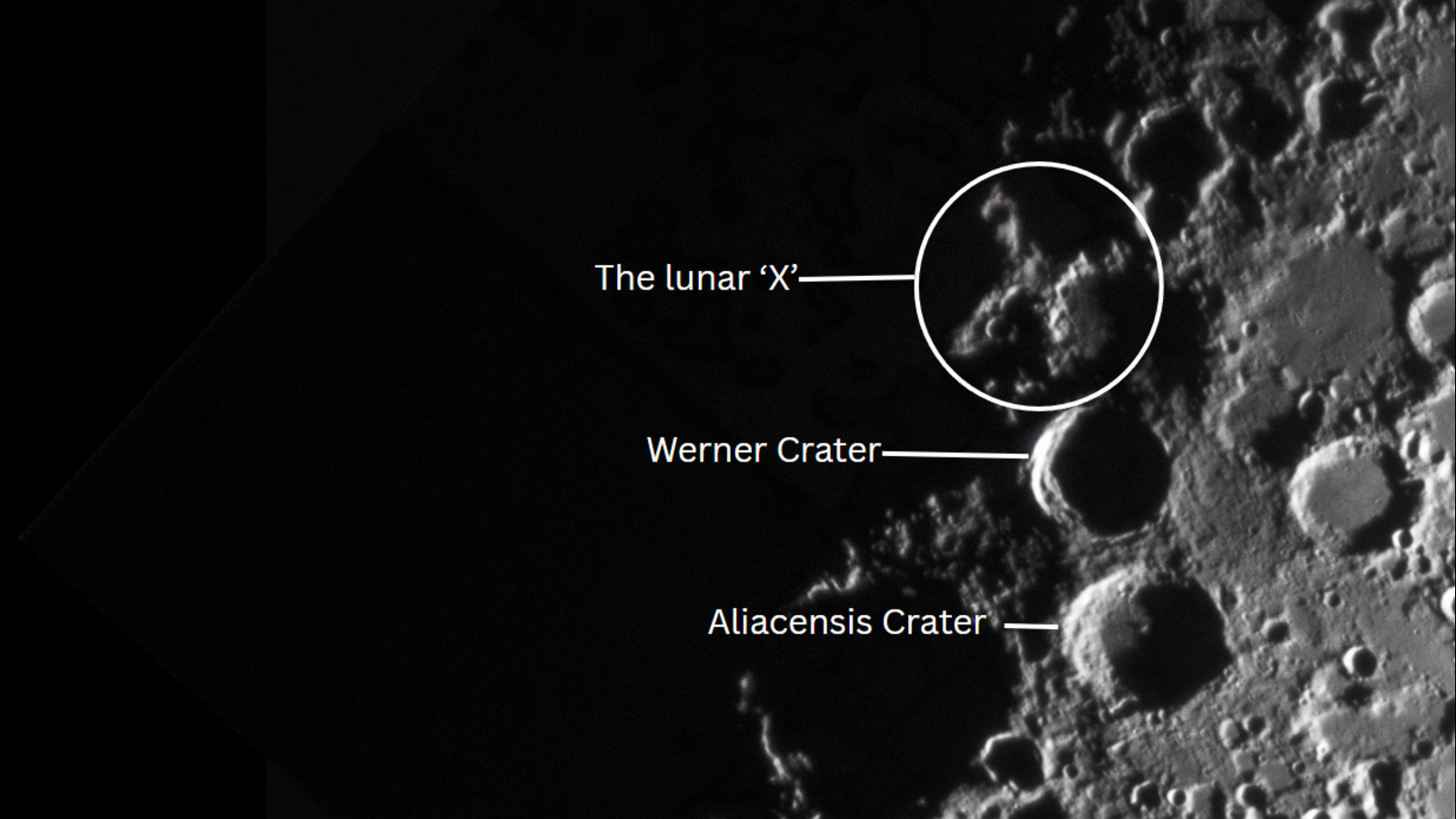
The nights surrounding the first quarter moon phase on June 2 present a good opportunity to spot colossal ‘X’ and ‘V’ features emblazoned on the lunar surface.
This month’s first quarter phase occurs at 11:41 p.m. EDT on June 2 (0341 GMT on June 3), at which time the right side of the half-lit lunar disk will be illuminated by direct sunlight from the perspective of viewers in the northern hemisphere on Earth.
At this time, the sun shines at such an angle to make it appear as if there is a gigantic ‘V’ and ‘X’ marking the barren lunar surface. This kind of phenomenon is referred to as a ‘clair-obscur’ effect and occurs when the interplay between light and shadow leads to the chance formation of familiar shapes on the moon‘s craggy terrain.
How to spot the letters ‘X’ and ‘V’ marking the lunar surface
The lunar letters are visible for roughly four hours in the run-up to each first quarter moon phase and are at their most impressive when seen just on the ‘night’ side of the terminator, with their upper reaches kissed by the sun’s light. Try and find the lunar ‘X’ and ‘V’ on the lunar disk at sunset on June 2 and be sure to keep checking back to see how these shapes evolve over time.
If you miss the letters on the night side of the terminator, there’s no need to lose hope, as they’ll continue to be visible for a brief period after they pass to the ‘day side’ of the moon.
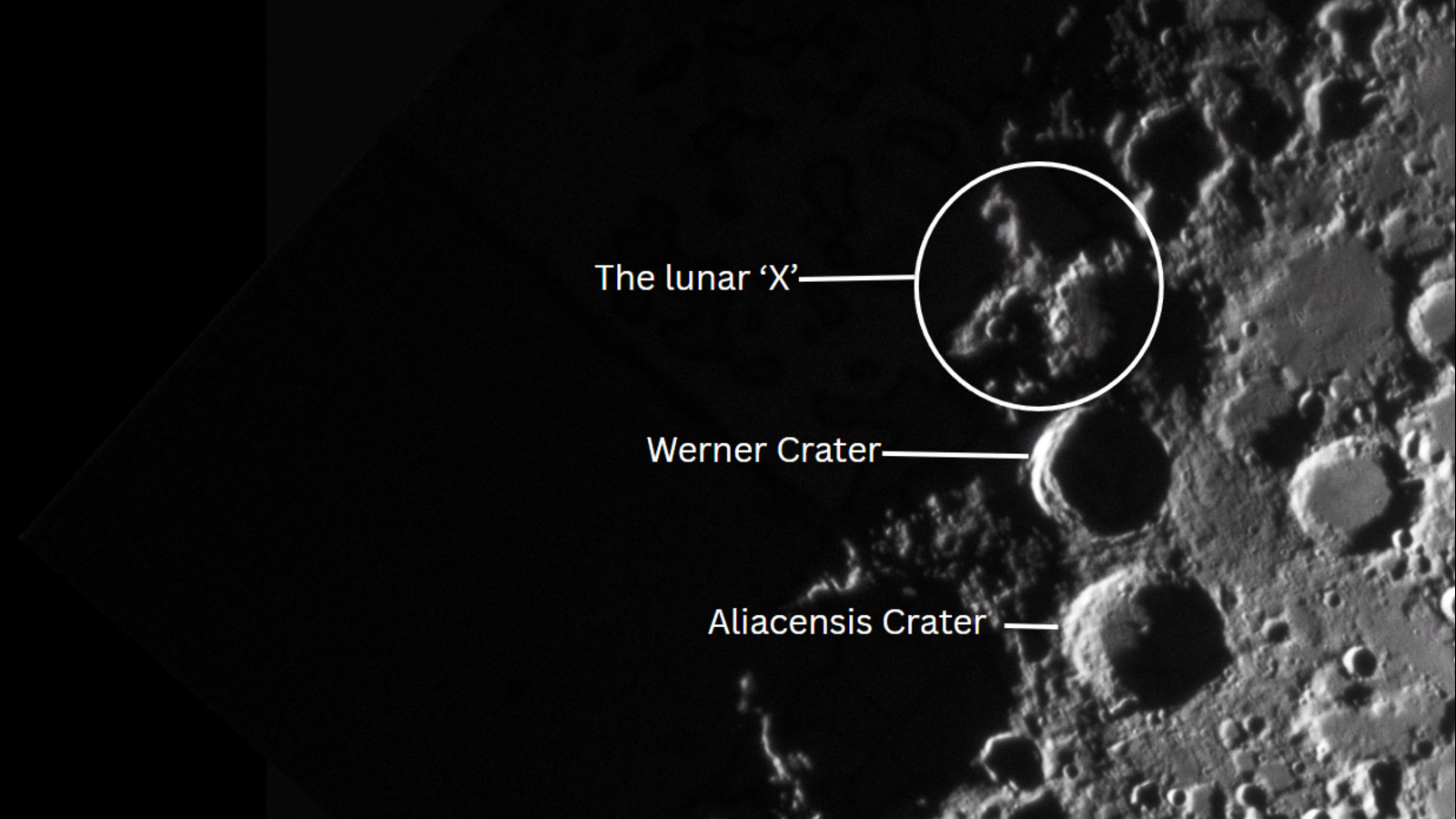
The lunar X is an optical effect formed when sunlight strikes elevated rim sections of the Bianchini, Purbach and La Caille Craters around the first quarter moon phase, according to stargazing website EarthSky.org. The feature can be found around 25 degrees south of the lunar equator close to the terminator, which is the line separating the dayside and nightside of the moon, close to the prominent Werner and Aliacensis Craters.
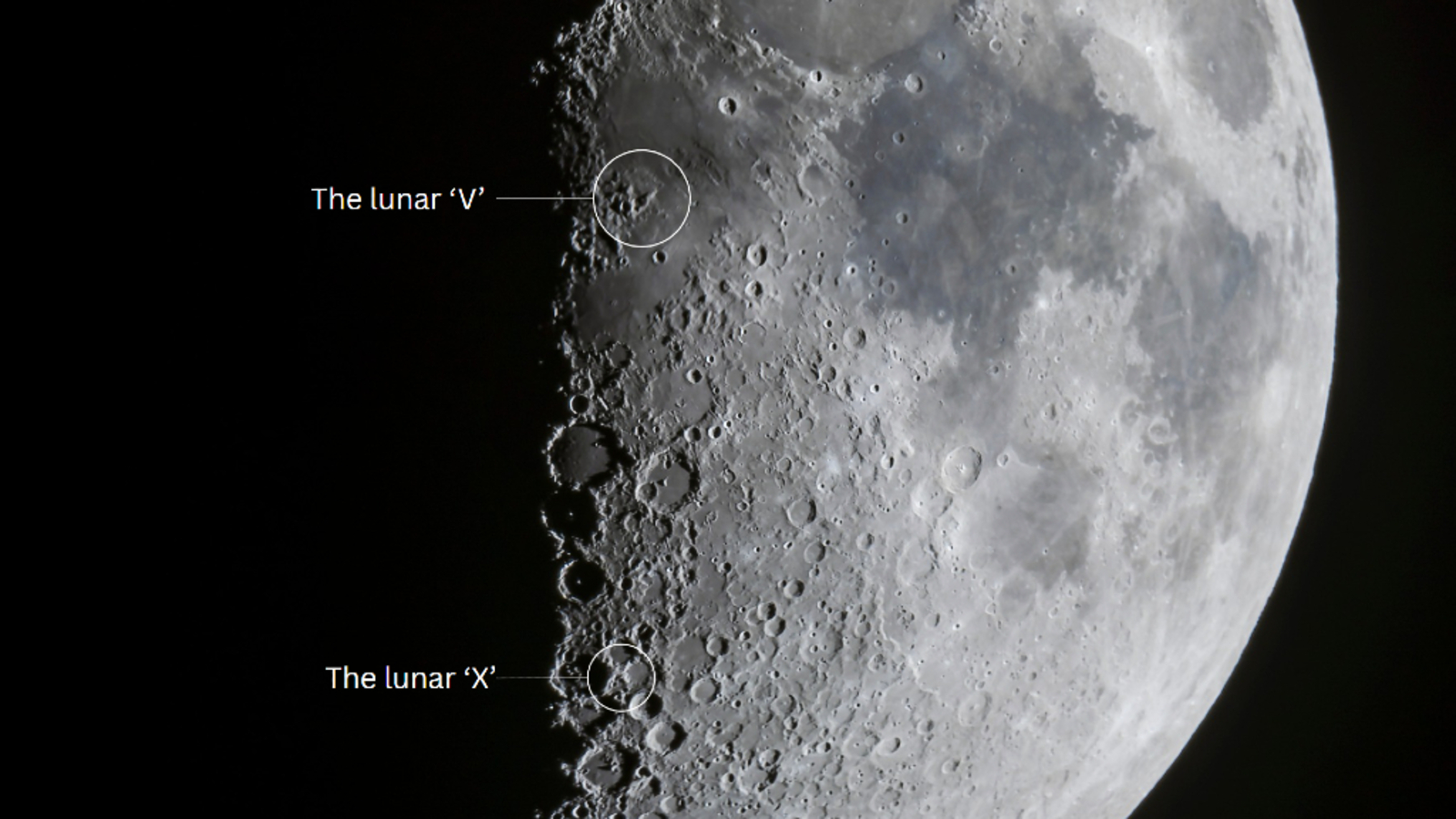
To find the lunar ‘V’, moongazers must follow the line of the terminator up to a point less than 10 degrees above the lunar equator to find the partially shadowed form of the Ukert Crater. Both objects can be spotted through a small backyard telescope with a 6-inch aperture, though a larger scope will help resolve detail in the myriad craters and broken terrain dotting the surrounding moonscapes.
TOP TELESCOPE PICK
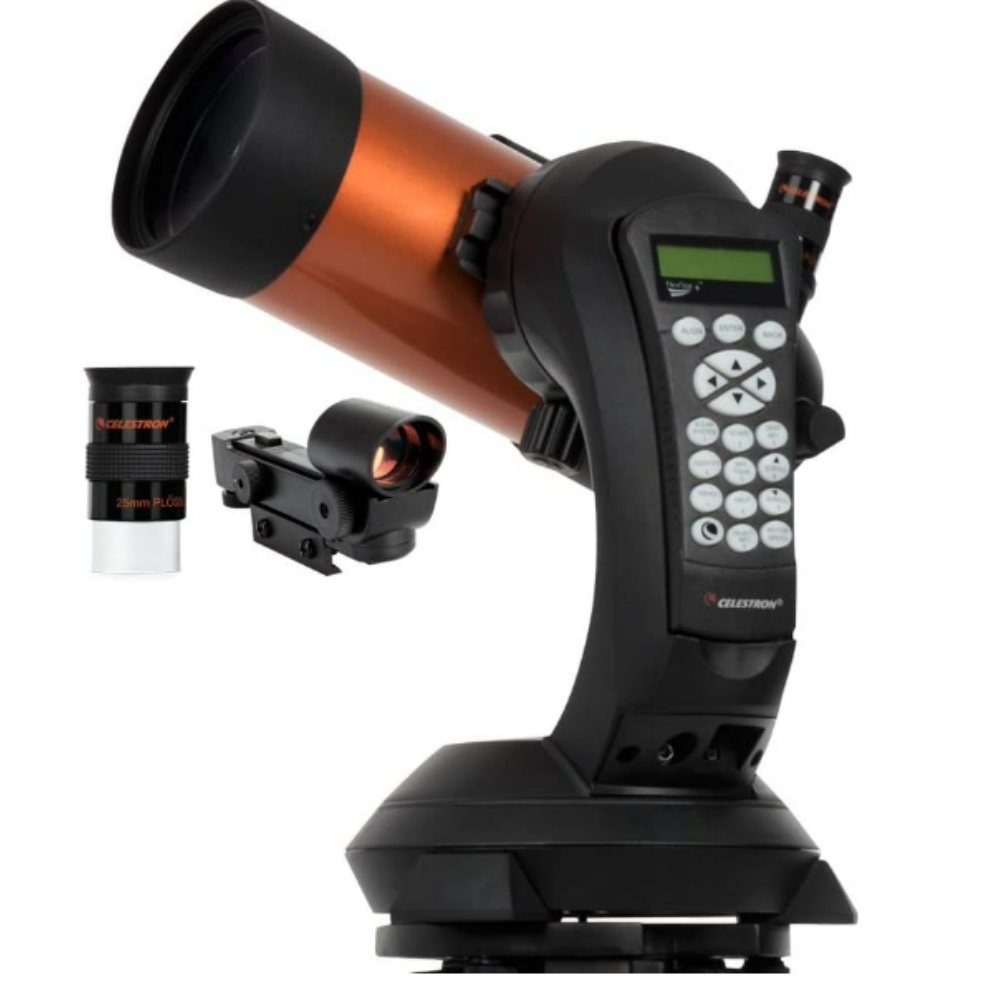
Want to see the lunar X and V? The Celestron NexStar 4SE is ideal for beginners wanting quality, reliable and quick views of celestial objects. For a more in-depth look at our Celestron NexStar 4SE review.
Stargazers interested in exploring the lunar surface should check out our guides to the best telescopes and binoculars available in 2025. Photographers interested in capturing the moon’s surface should also read our roundup of the best cameras and lenses for astrophotography.
Editor’s Note: If you capture a picture of the letters on the moon and want to share it with Space.com’s readers, then please send your photo(s), comments, and your name and location to spacephotos@space.com.
Stay Informed With the Latest & Most Important News
Previous Post
Next Post
-
 01From Polymerization-Enabled Folding and Assembly to Chemical Evolution: Key Processes for Emergence of Functional Polymers in the Origin of Life
01From Polymerization-Enabled Folding and Assembly to Chemical Evolution: Key Processes for Emergence of Functional Polymers in the Origin of Life -
 02Two Black Holes Observed Circling Each Other for the First Time
02Two Black Holes Observed Circling Each Other for the First Time -
 03How New NASA, India Earth Satellite NISAR Will See Earth
03How New NASA, India Earth Satellite NISAR Will See Earth -
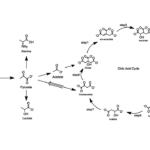 04Thermodynamic Constraints On The Citric Acid Cycle And Related Reactions In Ocean World Interiors
04Thermodynamic Constraints On The Citric Acid Cycle And Related Reactions In Ocean World Interiors -
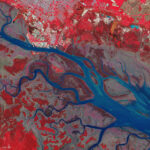 05Φsat-2 begins science phase for AI Earth images
05Φsat-2 begins science phase for AI Earth images -
 06Hurricane forecasters are losing 3 key satellites ahead of peak storm season − a meteorologist explains why it matters
06Hurricane forecasters are losing 3 key satellites ahead of peak storm season − a meteorologist explains why it matters -
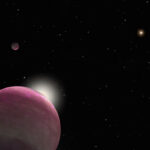 07Binary star systems are complex astronomical objects − a new AI approach could pin down their properties quickly
07Binary star systems are complex astronomical objects − a new AI approach could pin down their properties quickly













